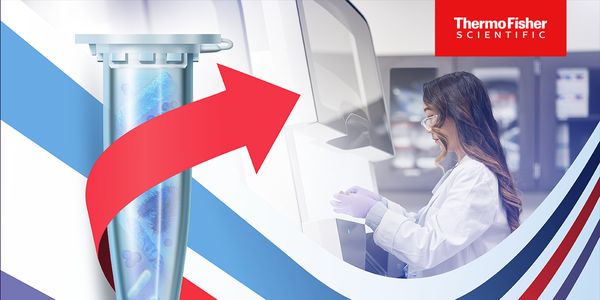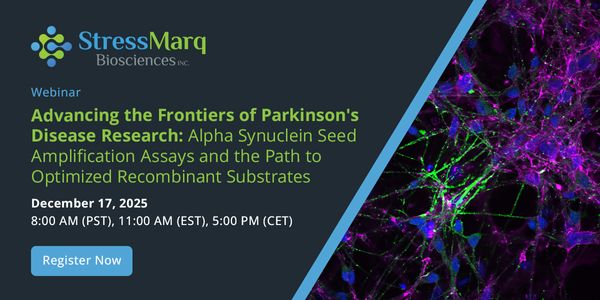Liquid and Gas Chromatography Mass Spectrometry Method Development for the Quantification of Per- and Polyfluoroalkyl Substances in Environmental Matrices
Per- and polyfluoroalkyl substances (PFAS) are abundant in the environment as a result of the use and disposal PFAS containing products including aqueous film-forming foams, textiles, carpets, etc. Subsequently, PFAS are increasingly observed as environmental contaminants in groundwater, soil, sediment, and biota including humans. Routine monitoring methods, method development, and commercial analysis have therefore become more widely available for PFAS. The National Institute of Standards and Technology (NIST) provides a wide range of reference materials (RMs) that are homogeneous, well-characterized materials that are used to validate measurements and improve the quality of analytical data and methods. Currently NIST has ten different reference materials with concentration values of PFAS on the Certificate of Analysis; however, more PFAS reference materials are needed to support the needs of the analytical community. To support the creation of several new reference materials and to provide new quantitative measurements for PFAS on existing reference materials, new analytical methods were developed by liquid and gas chromatography – mass spectrometry (LC-MS/MS, GC-MS, and GC-MS/MS) for use on environmental samples. The current NIST efforts to fill this gap will be discussed.
Learning Objectives:
1. Explain why per- and polyfluoroalkyl substances are environmentally emerging contaminants.
2. Discuss how the development of analytical methods by LC-MS/MS and GC-MS for PFAS can be used for analysis of environmental samples.






